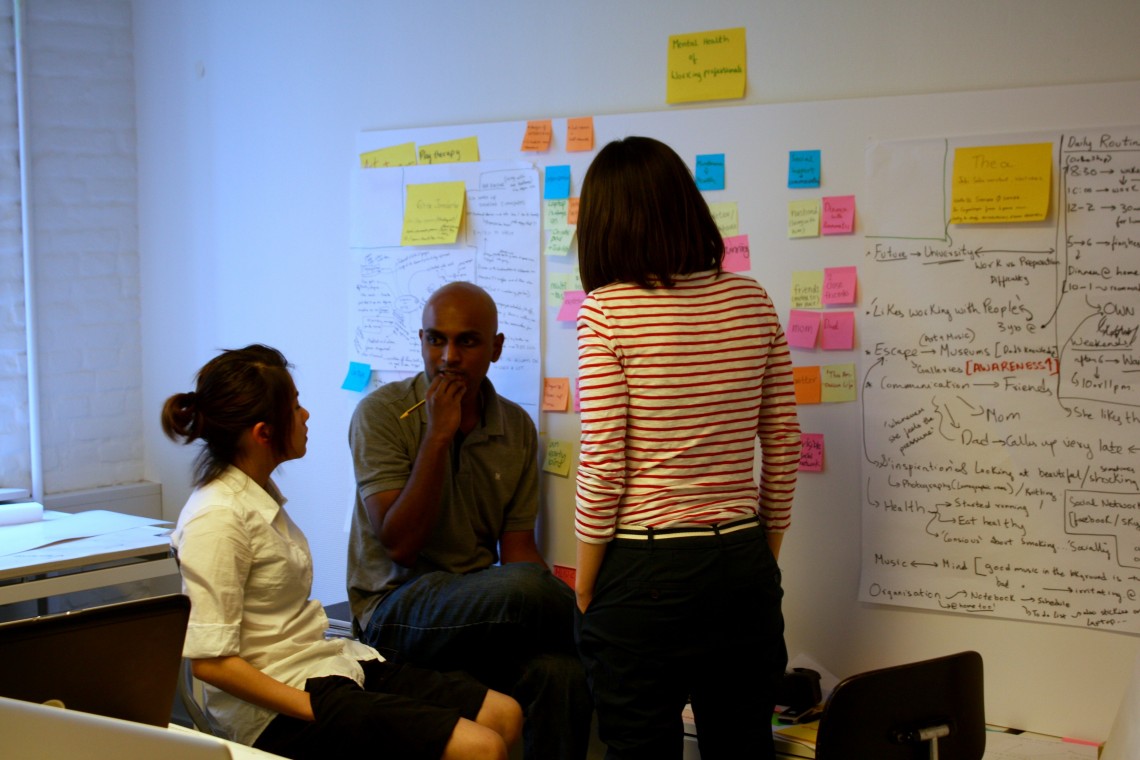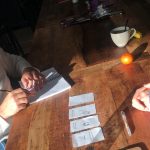Teams are the only way we can deliver complex design projects. Teams are key to the creation of something new through the combination of different skills and knowledge – across the silos of discipline.
Over the years I’ve worked in a lot of design teams. In fact, I don’t believe there is a single project I’ve ever worked on, outside of academia, that was not created by a team of some kind.
But teams are hard.
People are difficult. They have good and bad days. They can have abrasive characters and obnoxious habits. Combinations of people sometimes work very well together, and often they don’t. Put anyone from a dysfunctional team in a different context, and it might work out just fine.
The ability to go into different collaborative scenarios and consistently improve the team is a core attribute of a great designer. This trait is a huge asset to the individual, the team, and to the business, although it is not easily quantified.
On a business trip with my last firm, we were asked about the graduates from our education programme. The question was a veiled compliment – how had our graduates proven so attractive to employers worldwide?
When pressed for an answer, two words came to mind – “humble confidence”.
The strong team player has the humility to sit back, observe, empathise and understand the team. This person can quietly assess a power balance, and negotiate the best path toward frictionless collaboration. They can disregard their own experience and bias when entering into a new context. They can listen, truly listen, during design research. They work hard to understand, even when the insights are contradictory or counter-intuitive. They dig deeper, to understand more.
At the same time this person is confident of their strengths. This understanding extends beyond the “hard skills” of prototyping, fabrication, visual design or communication, and includes the confidence to argue for the process they believe in, the insight they think has the most strength, and the concept that they believe exhibits the most potential.
This humble confidence evolves over time. I watched for three years as a bystander at a great design school, and year after year you could see the confident candidates learn humility, while the humble, even shy people gained confidence. Even today, as I write job descriptions and hire a team, I know that what I’m looking for cannot be described, or measured, it’s a sense you get from a person, that they have this balance.
Last year I received a copy of “An Astronaut’s Guide to Life on Earth” by Commander Chris Hadfield of the International Space Station. There’s a chapter near the end called… “Aim To Be Zero”.
Mr. Hadfield captured in just four words an approach he’d taken throughout his career.
“Over the years, I’ve realized that in any new situation, whether it involves an elevator or a rocket ship, you will almost certainly be viewed in one of three ways. As a minus one: actively harmful, someone who creates problems. Or as a zero: your impact is neutral and doesn’t tip the balance one way or the other. Or you’ll be seen as a plus one: someone who actively adds value. Everyone wants to be a plus one, of course. But proclaiming your plus-one-ness at the outset almost guarantees you’ll be perceived as a minus one, regardless of the skills you bring to the table or how you actually perform. This might seem self-evident, but it can be, because so many people do it.” (Hadfield, MacMillan, 2013)
Mr. Hadfield put it differently, perhaps a numeric metaphor is better for the world of space flight. “Humble confidence” has become my personal barometer. When to adjust the balance? When to exert oneself? When to settle back and learn?
In a world where teams form the basis of success, it’s key to know how to relate, understand and contribute.






2 Pingbacks